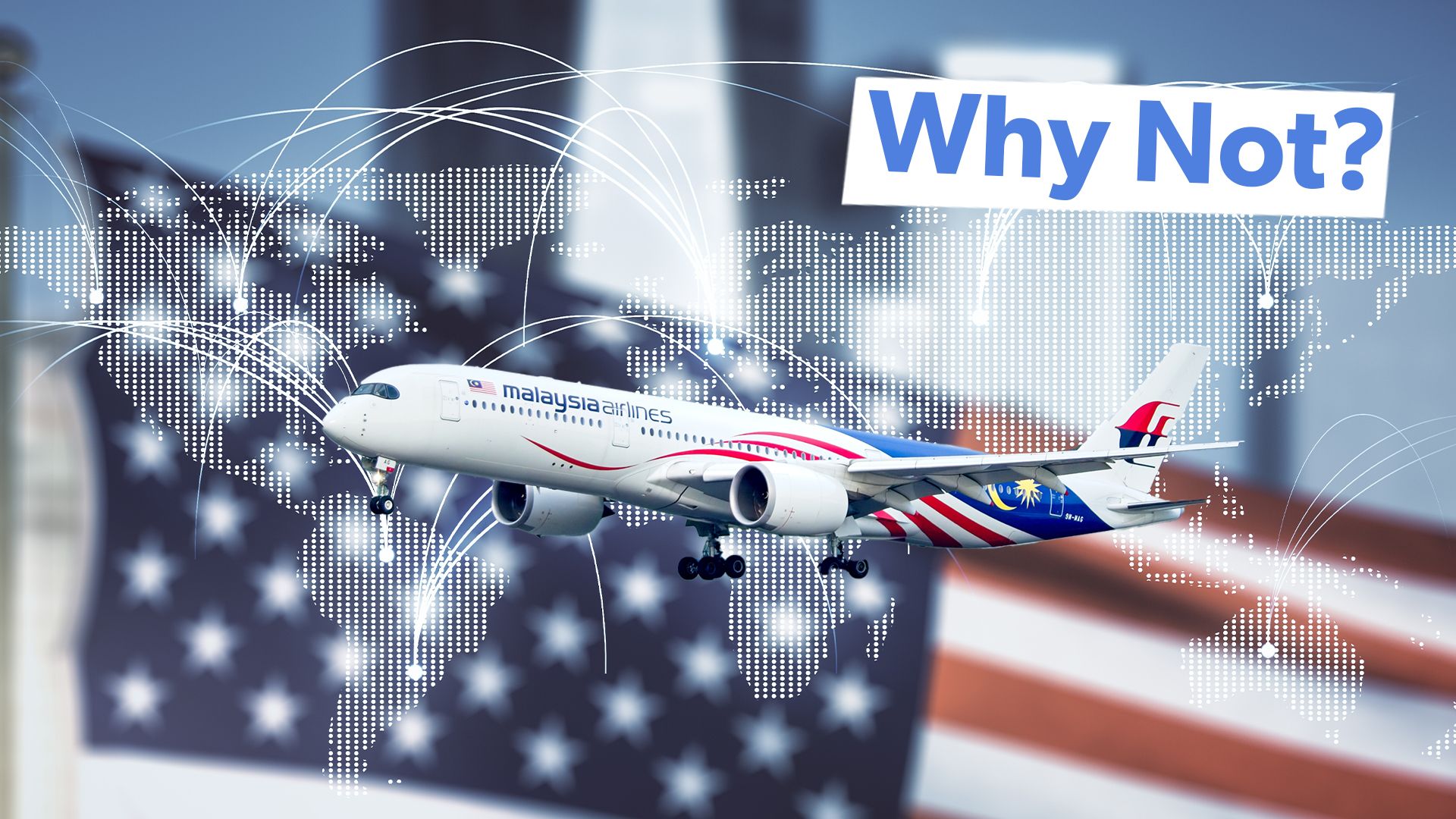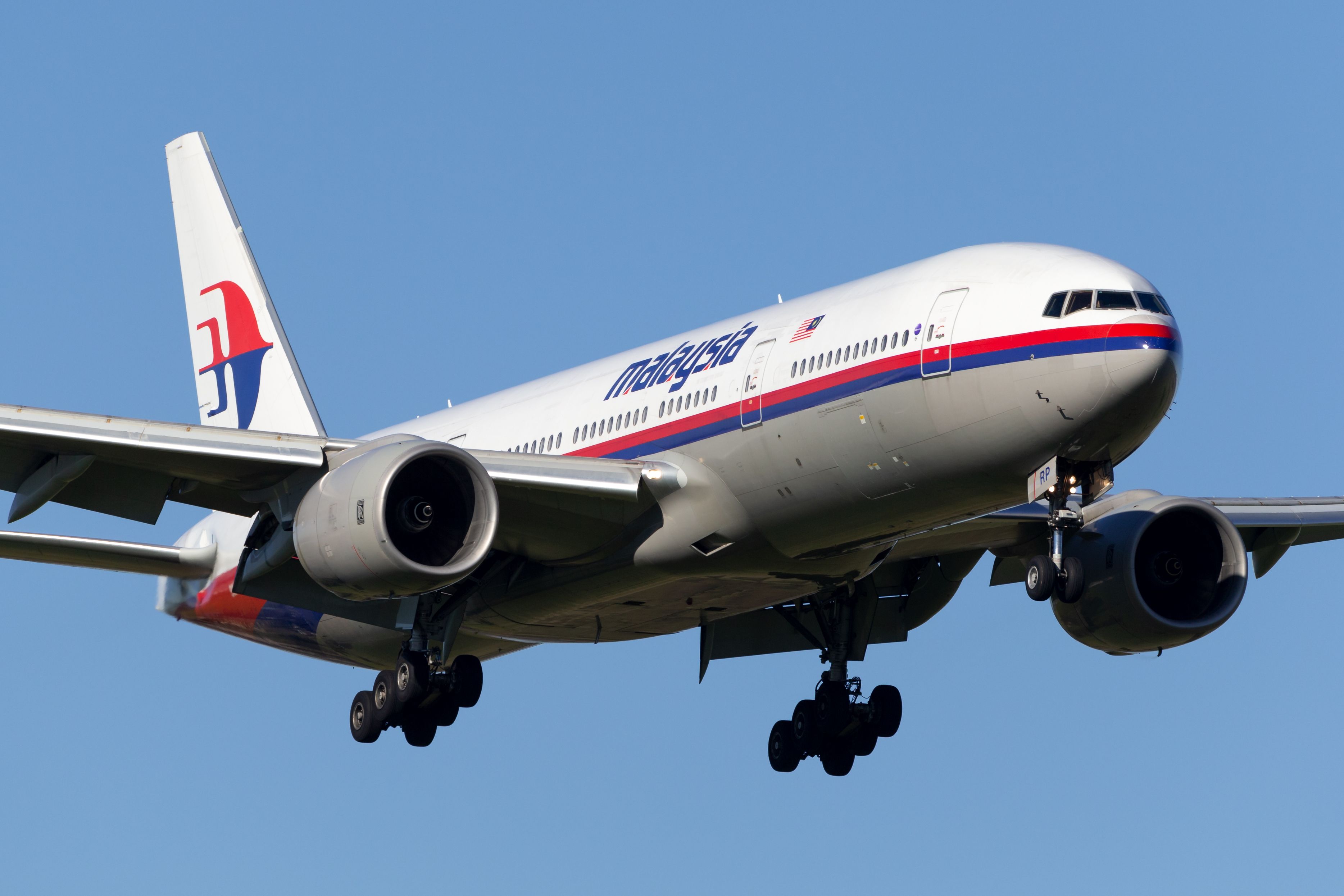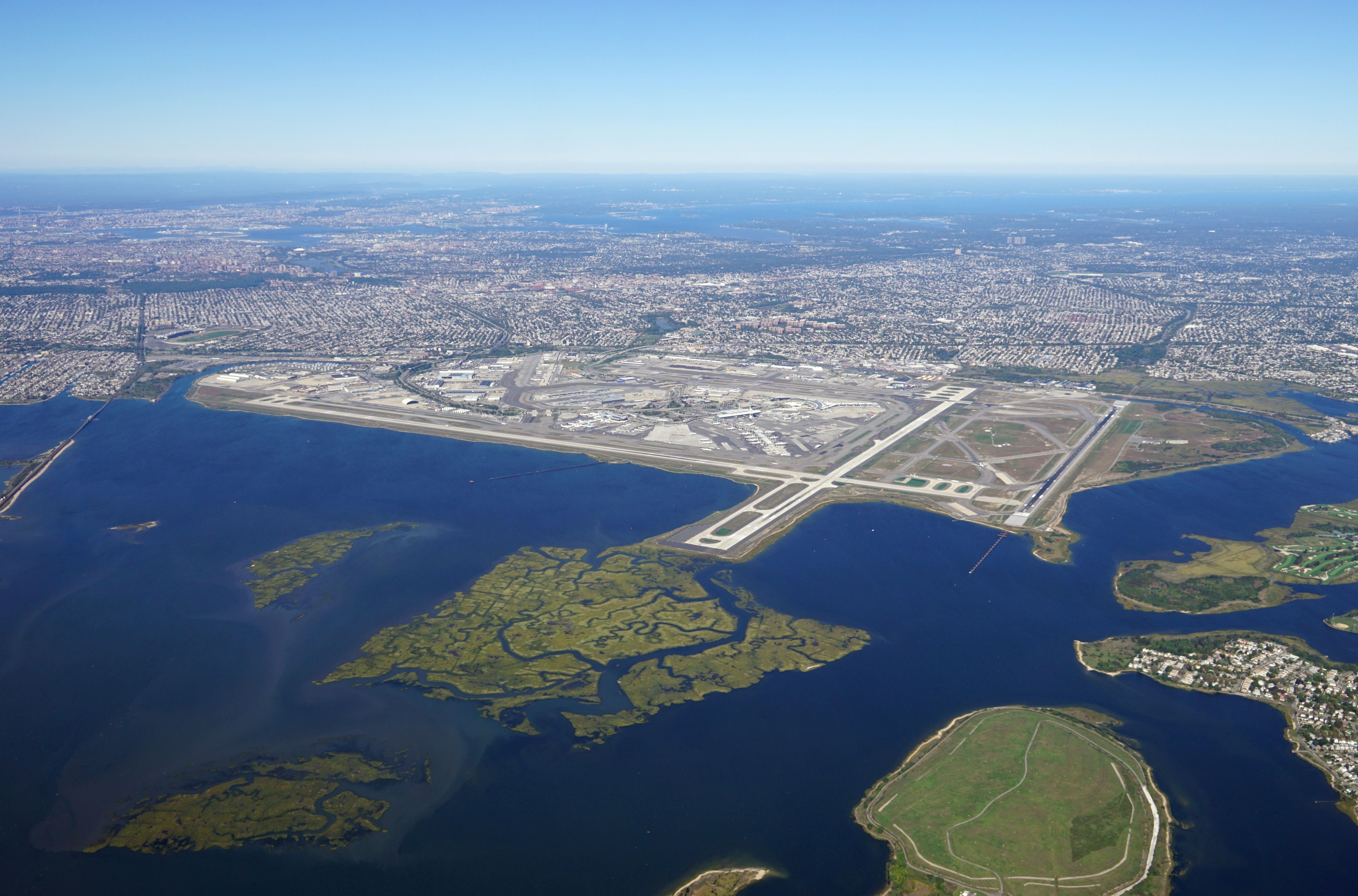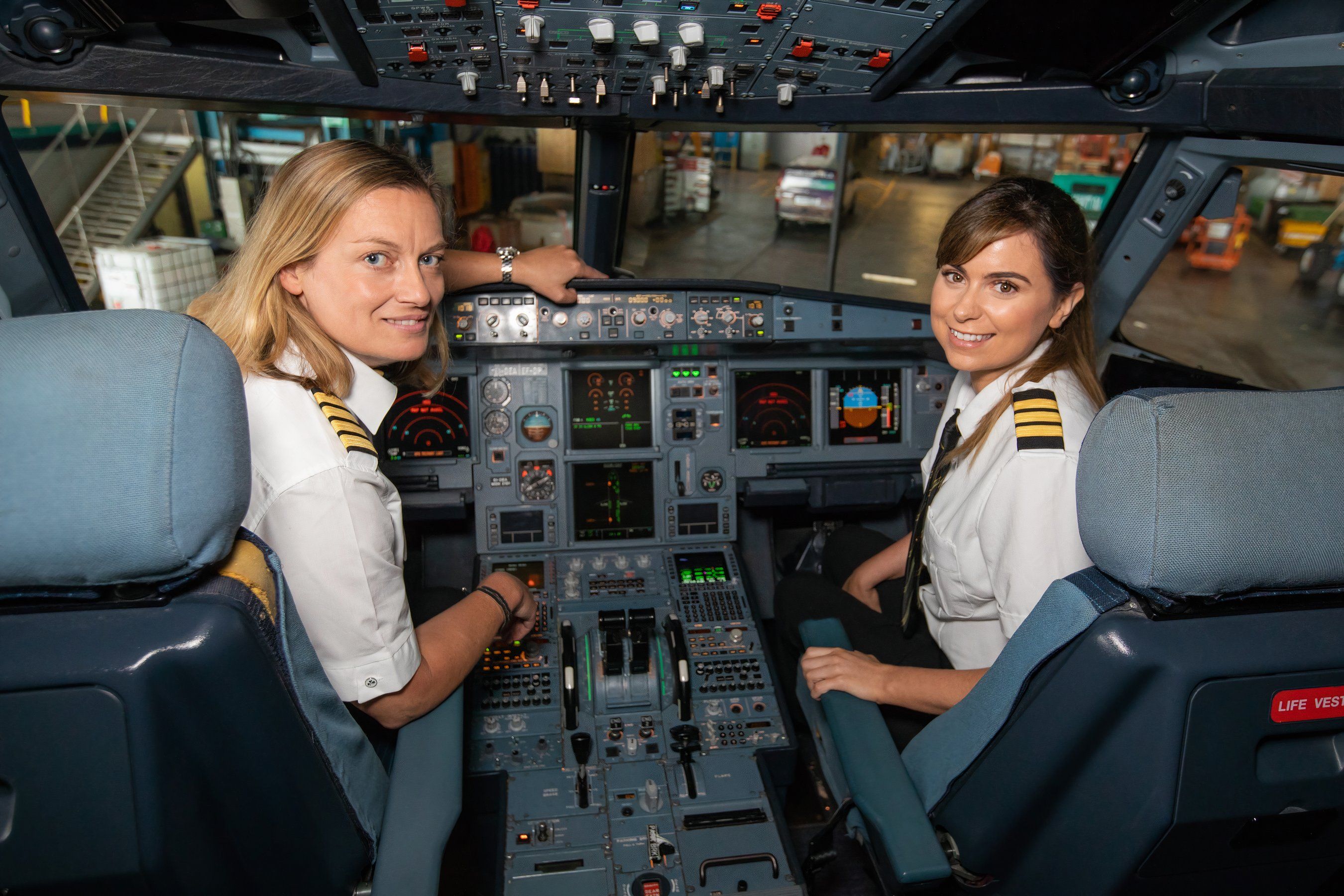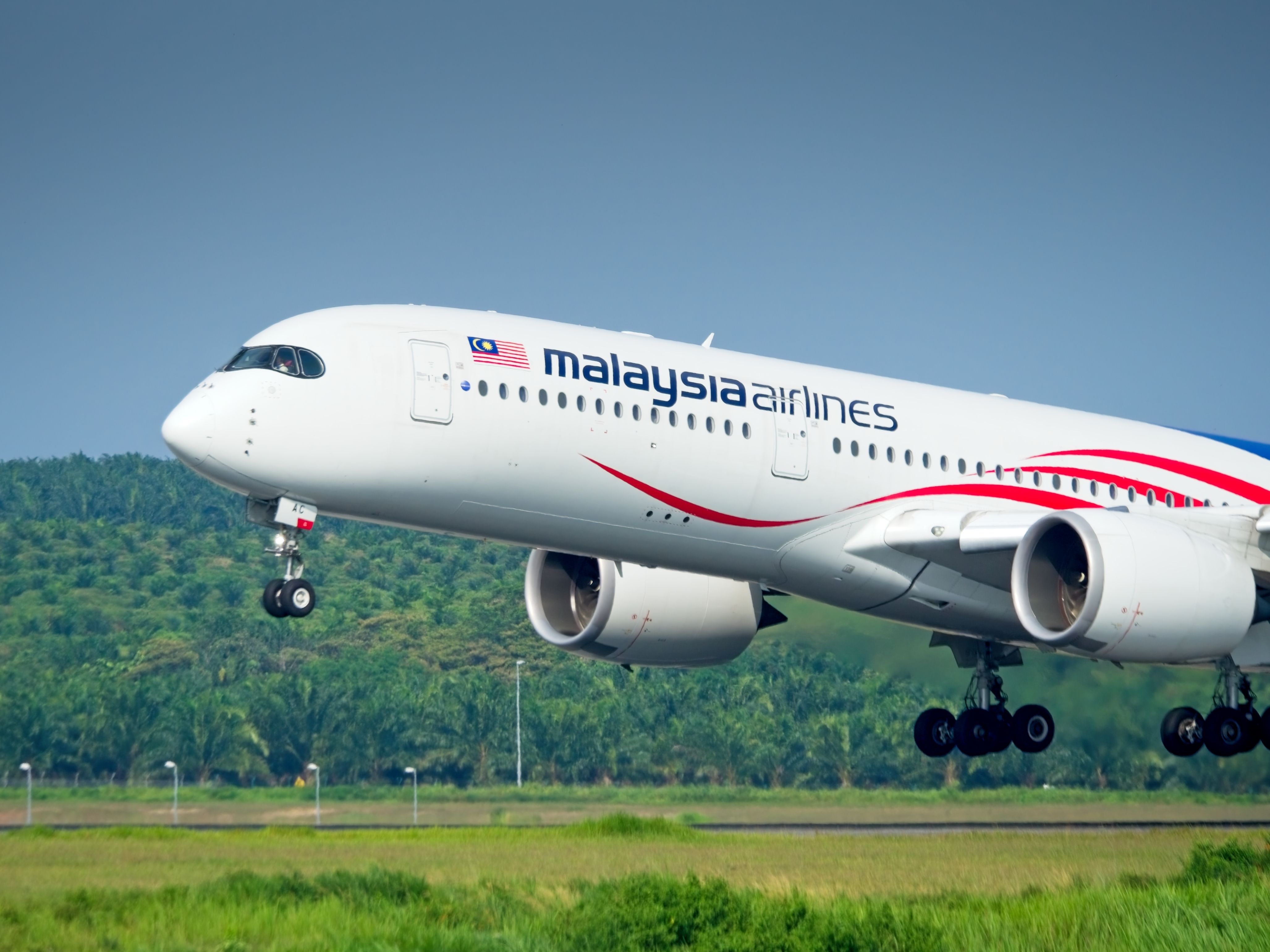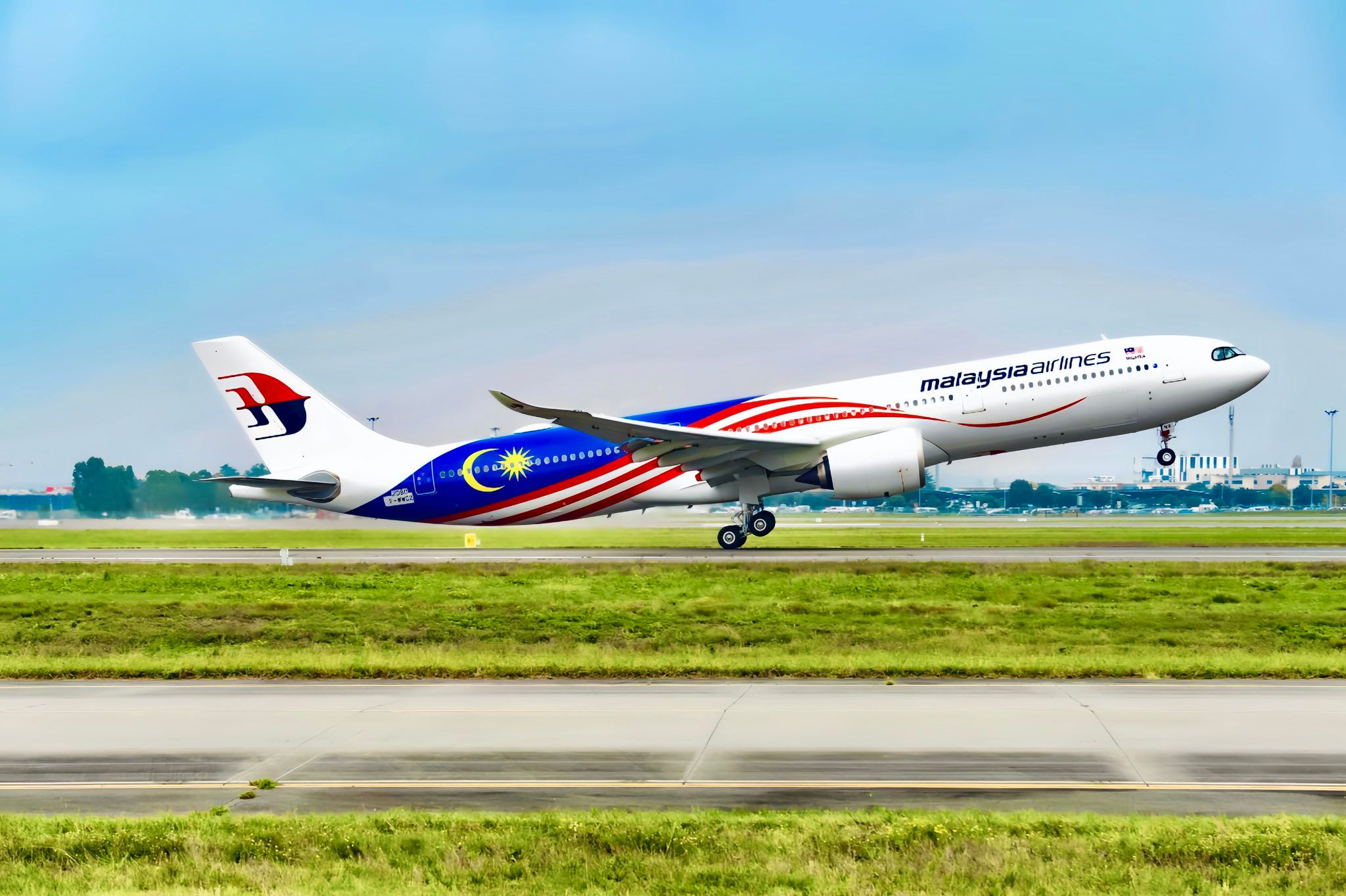Malaysia Airlines
has not served the US since 2014, opting to leave its code on fellow  oneworld
oneworld
partner carriers’ flights. In 2019, the country of Malaysia was downgraded to a Category 2 status by the Federal Aviation Administration (FAA), and at that point, was not allowed to launch any services to the US. This was only true for three years, as Malaysia regained its Category 1 status in 2022.
Ten years without US flights
Malaysia Airlines last flew to the US in April 2014, when it had a fifth-freedom route from Tokyo Narita Airport (NRT) to Los Angeles. Coincidentally, this was the same month that MH370 disappeared with nearly 240 lives onboard. According to Webintravel, the airline cut its flights to the US because it was not economically feasible.

Related
MH370: Debris From Missing Boeing 777-200ER Confirmed In New Report
A scrap once dismissed as marine debris may have been part of MH370.
Data from the US Department of Transportation (DOT)
shows that during the last twelve months of operations at Los Angeles International Airport (LAX), Malaysia Airlines managed to fill just over 80% of its seats. The Asian carrier used its now-retired Boeing 777-200ERs for the 5,451-mile flight from Tokyo to Los Angeles. These planes only had two cabins – business and economy.
Photo: Ryan Fletcher | Shutterstock
The breakdown of the last twelve months of the Tokyo-Los Angeles load factors is shown below:
|
Month |
Load factor |
|
April 2013 |
73.24% |
|
May 2013 |
82.26% |
|
June 2013 |
89.51% |
|
July 2013 |
83.89% |
|
August 2013 |
88.58% |
|
September 2013 |
87.02% |
|
October 2013 |
82.70% |
|
November 2013 |
79.18% |
|
December 2013 |
86.50% |
|
January 2014 |
77.23% |
|
February 2014 |
72.38% |
|
March 2014 |
77.07% |
|
April 2014 |
61.19% |
During the same period, the “Big Three” US carriers – United Airlines, American Airlines, and Delta Air Lines – also flew the route and had much better load factors. Delta had the highest, with an average of 92.45%, United filled 88.59%, and American had the lowest load factor at 82.66%.
What is Category 2 status?
FAA Category 2 safety status is related to a country’s civil aviation authority’s safety rating, not to be confused with airport safety ratings. These safety ratings are given based on criteria set forth by the International Civil Aviation Organization (ICAO). To observe whether a country is following the ICAO standards or not, the FAA created the International Aviation Safety Assessment Program (IASA).
Photo: EQRoy | Shutterstock
The FAA itself is not allowed to provide oversight of another country’s aviation, which is why it uses IASA, which is a shared commitment with aviation authorities worldwide. IASA analyzes eight things:
- Primary aviation legislation
- Specific operating regulations
- State civil aviation system and safety oversight functions
- Technical personnel qualification and training
- Technical guidance, tools, and the provision of safety-critical information
- Licensing, certification, authorization, and approval obligations
- Surveillance obligations
- Resolution of safety concerns
It is important to note that IASA does not analyze specific airlines.
Photo: Aer Lingus
There are three different categories of safety ratings: 1, 2, and 3. Category 2 is the second-best and means that airlines cannot launch new routes to the US or codeshare with American carriers. If a country is given Category 2 status, it is because certain ICAO standards relating to oversight, regulatory enforcement, or certification of airlines or airports have not been met.
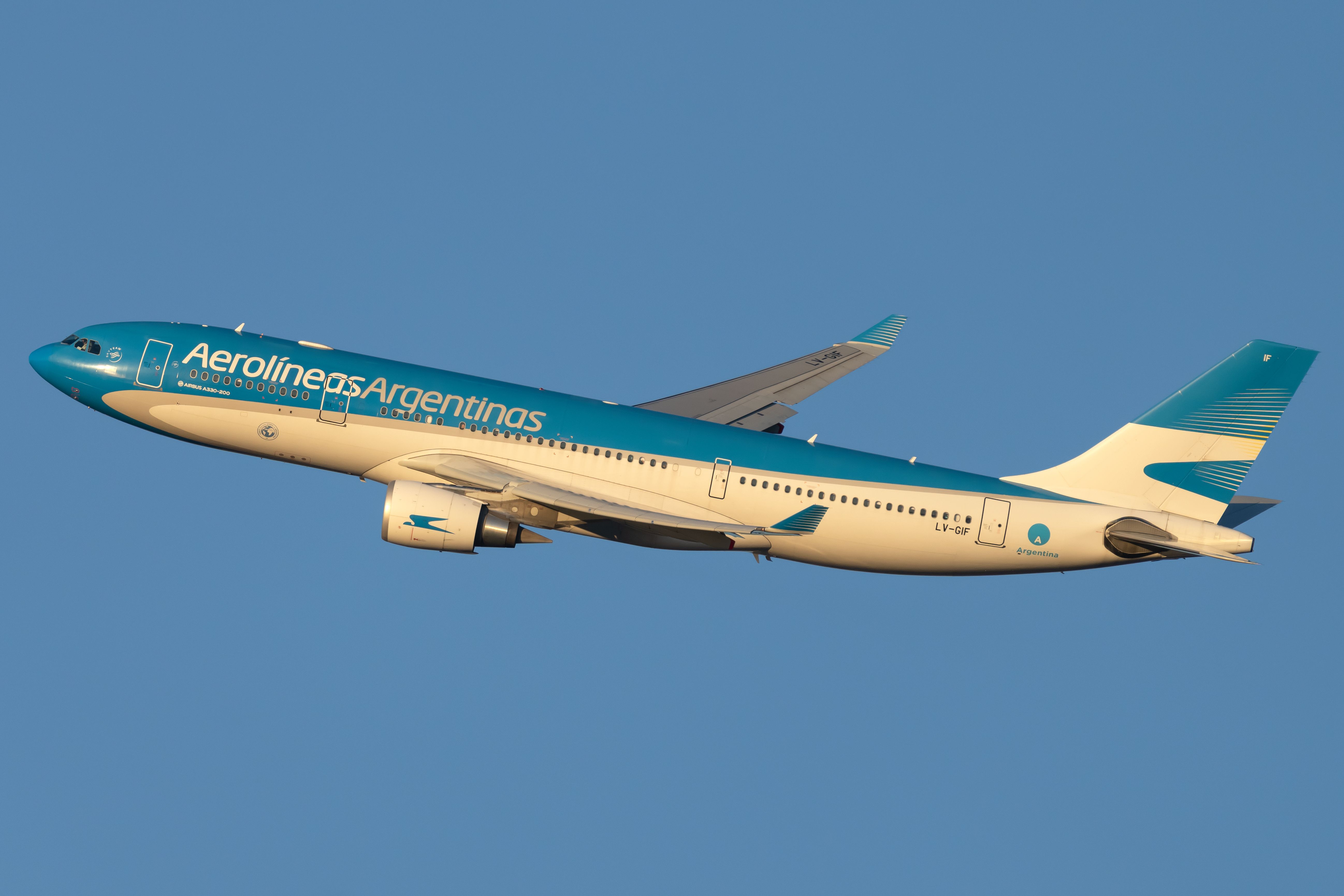
Related
FAA Audit Underway: Argentina Could Lose Its Category 1 Safety Rating
The country’s government says it is racing against the clock to implement changes.
Category 2 does not mean a country poses a risk to aviation safety, but that it is not 100% compliant with international standards. If a country is downgraded to Category 2, it is given six months to one year to address the issues to return to Category 1. Some key differences between category 1 and 2 can include:
- Insufficient regulatory oversight: Potential of weak or underdeveloped safety oversight, like limited resources for monitoring and enforcing compliance with international standards
- Deficient safety oversight program: Lack of inspections of airlines, airports, and aircraft, or inadequate inspections of new planes, pilots, or airlines
- Non-compliance with ICAO standards: The civil aviation authority may not meet all ICAO standards relating to air traffic control, pilot training, or airport safety procedures
- Inadequate safety procedures: relating to the investigation of accidents, ensuring safe airline operations, or response to emerging safety concerns
How Malaysia Airlines’ long-haul network has changed
As mentioned above, Malaysia lost its Category 1 status in 2019 but did not serve the US then. According to data from Cirium, an aviation analytics firm, the airline did change its long-haul network slightly from the time the country was downgraded and then returned to Category 1. This was largely due to the COVID-19 pandemic.
Photo: alphonsusjimos | Shutterstock
During the third quarter of 2019, Malaysia Airlines did not serve Hamad International Airport (DOH), home of fellow oneworld partner, Qatar Airways. By the time the fourth quarter of 2022 rolled around, Malaysia Airlines was flying to Doha twice daily.
Another change between Q3 2019 and Q4 2022 was that the airline began flying to Haneda Airport in Tokyo. In 2019, Malaysia Airlines flew to Madinah in Saudi Arabia, but just a handful of times. By Q4 2022, Madinah was connected to Kuala Lumpur around 11 times weekly.
Photo: Malaysia Airlines
Data shows that this month, Malaysia Airlines has ten routes over 3,000 miles. The routes are to the following cities:
- Adelaide
- Madinah
- Jeddah
- Osaka
- Auckland
- Tokyo (Narita)
- Melbourne
- Sydney
- London
- Doha
The two busiest routes are to London and Doha, both of which are served twice daily. Doha is served by the Airbus A350 and the Airbus A330-300, while London is only served by the A350, giving Doha a slight edge in seat availability. Doha has 35,080 seats, while London has 34,320.

